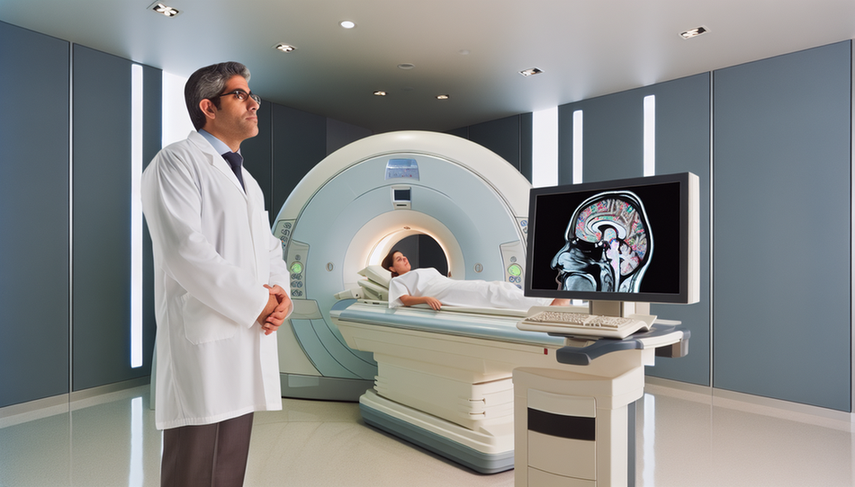Functional MRI and Brain Mapping: Key Tools for Early Neurological Diagnosis and Lesion Detection

Functional MRI and brain mapping have emerged as essential tools in early neurological diagnosis. These advanced techniques enable the early detection of lesions and alterations in brain connectivity, providing crucial information for the management of various neurological pathologies. In a context where precision and speed are vital, these technologies offer a unique window to observe the brain in action, facilitating the identification of abnormal patterns that may indicate the onset of neurological diseases.
Diving Deeper into Functional MRI and Brain Mapping
Functional MRI (fMRI) is based on detecting changes in cerebral blood flow, allowing for real-time mapping of neuronal activity. This technique has proven invaluable in studying diseases such as Parkinson's, where it has been used to identify alterations in functional and structural connectivity in the early stages of the disease. A recent study highlights how fMRI can reveal changes in functional connectivity in early-stage Parkinson's patients, suggesting that these alterations may precede more evident structural damage [1].
Moreover, brain mapping through advanced imaging techniques has allowed for a better understanding of brain development processes from fetal stages to childhood. The ability to delineate structural and functional changes in the developing brain offers new perspectives on the pathological mechanisms underlying neurological and psychiatric disorders [2].
In the pediatric field, functional MRI has been utilized to study brain connectivity in children with functional neurological disorders, revealing alterations in resting-state neural networks that may underlie the observed clinical symptoms [3]. These findings underscore the importance of functional MRI not only in diagnosis but also in planning personalized therapeutic interventions.
Conclusions
The integration of functional MRI and brain mapping into clinical practice represents a significant advancement in early neurological diagnosis. These tools not only allow for the early detection of lesions and functional alterations but also provide a platform for developing more effective and personalized interventions. As technology continues to advance, it is likely that these techniques will become standard in neurological evaluation, thereby improving outcomes for patients with neurological disorders.
Referencias
- [1] The interplay between structural and functional connectivity in early stage Parkinson's disease patients.
- [2] Delineation of early brain development from fetuses to infants with diffusion MRI and beyond.
- [3] Altered resting-state neural networks in children and adolescents with functional neurological disorder.
Created 24/1/2025
